Corymbia Maculata Tree
- March 19, 2024
- 0 comment
Corymbia maculata, commonly known as the spotted gum, is a species of tall tree native to eastern Australia. It belongs to the eucalyptus genus and is renowned for its impressive height, reaching up to 45 meters (148 feet) tall. The species name “maculata” refers to the distinctive markings or spots often present on the tree’s smooth bark, which can vary in color from pale gray to dark brown.

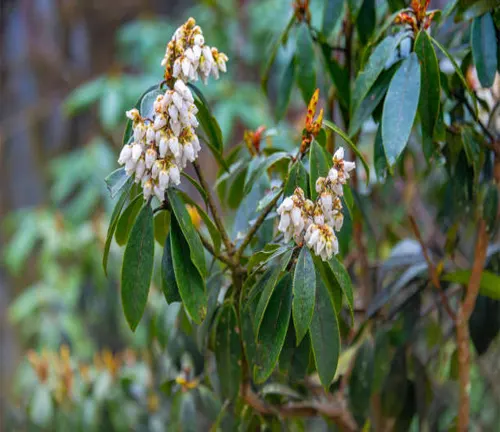
Spotted gum trees are valued for their hardwood timber, which is used in construction, flooring, and furniture making due to its strength and durability. Additionally, these trees play a crucial role in supporting local ecosystems by providing habitat for various wildlife species and contributing to biodiversity.
Corymbia maculata is appreciated for its aesthetic qualities, with its tall, straight trunk and attractive foliage making it a popular choice for landscaping and as a shade tree in parks and gardens. Its white or cream-colored flowers, which bloom in clusters during the summer months, add to its visual appeal and attract bees and other pollinators.
Characteristics Corymbia Maculata Tree
| Scientific Name: | Corymbia Maculata |
| Common Names: | Spotted gum, Spotted gum tree |
| Family: | Myrtaceae |
| Native Region: | Indigenous to eastern Australia, primarily found in New South Wales, Queensland, and Victoria. |
| Plant Type: | Evergreen tree |
| Size: | Corymbia Maculata trees can reach impressive heights of up to 45 meters (148 feet), with a canopy spread of around 10 to 20 meters (33 to 66 feet). |
| Leaves: | The foliage of Corymbia Maculata is characterized by lance-shaped leaves, glossy green in color, which provide an attractive contrast against the tree’s spotted bark. |
| Flowers: | The tree produces clusters of cream-colored flowers during the summer months, attracting pollinators such as bees and butterflies. |
| Propagation: | Corymbia Maculata trees can be propagated from seeds or cuttings, although seeds are the most common method. They require well-drained soil and ample sunlight for successful germination and growth. |
| Drought Tolerance: | These trees exhibit moderate to high drought tolerance once established, making them suitable for dryland revegetation projects and water-wise landscapes. |
| Cultural Uses: | Indigenous Australian cultures have long utilized Corymbia Maculata for various purposes, including tool-making, ceremonial practices, and medicinal remedies. |
| Ecological Role: | Corymbia Maculata trees play a vital ecological role as habitat providers and ecosystem engineers. Their dense foliage provides shelter and food for a diverse range of wildlife, contributing to biodiversity conservation. |
| Notable Species: | While Corymbia Maculata is the most well-known species, there are several other species within the Corymbia genus, each with its own unique characteristics and distribution. |
| Hardiness Zones: | Corymbia Maculata trees are well-suited to a range of climatic conditions and can thrive in USDA hardiness zones 9 through 11. |
| Growth Rate: | Known for their rapid growth, Corymbia Maculata trees can add several meters to their height each year under favorable conditions. |
| Lifespan: | With proper care and maintenance, Corymbia Maculata trees can live for several decades, with some specimens surviving for over a century. |
Botanical Beauty of “Corymbia Maculata Tree”

Corymbia Maculata trees epitomize botanical beauty with their striking appearance. Their tall, straight trunks adorned with unique spotted bark and lush canopy of glossy green leaves exude elegance and charm in any landscape setting.
Woodland Elegance
In woodland environments, Corymbia Maculata trees stand as majestic sentinels, casting dappled shade on the forest floor below. Their presence adds a sense of tranquility and serenity to natural habitats, making them cherished components of native ecosystems.
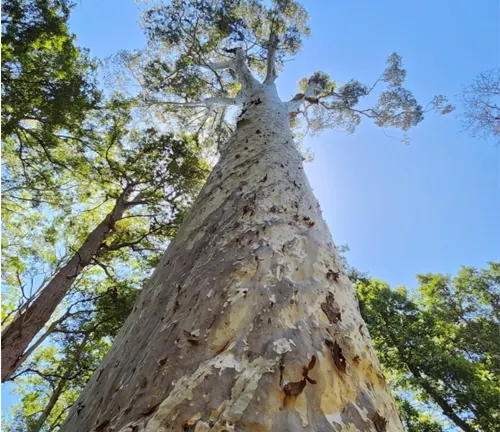
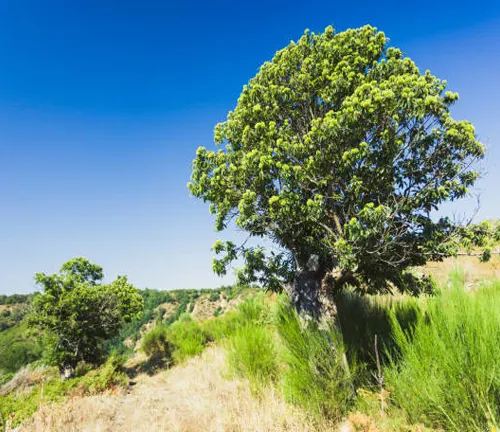
Ecological Importance
Beyond their aesthetic appeal, Corymbia Maculata trees play a crucial role in maintaining ecological balance. As keystone species, they support a myriad of plant and animal species, serving as nesting sites for birds, food sources for insects, and shelter for mammals.
Cultivation and Conservation
Cultivating Corymbia Maculata trees is not only beneficial for landscaping and timber production but also for conservation efforts. By planting native species like Corymbia Maculata, land managers can enhance biodiversity, restore degraded habitats, and mitigate the impacts of climate change.
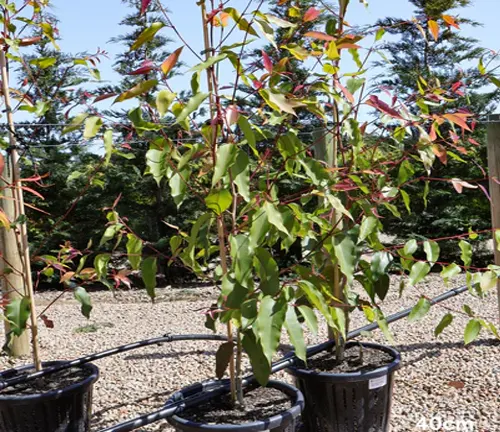
Fragrance
One of the lesser-known attributes of Corymbia Maculata trees is their delightful fragrance, particularly when in bloom. The sweet scent of their flowers fills the air, attracting pollinators and delighting passersby with its intoxicating aroma.
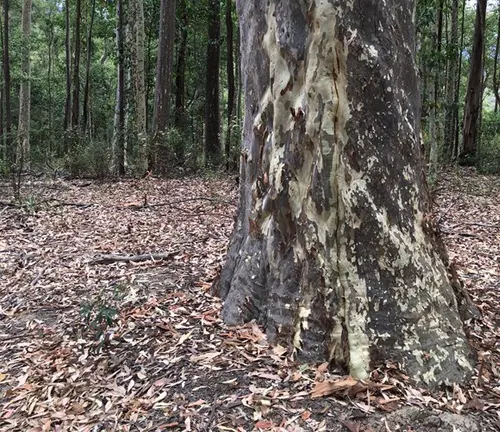
Soil Stabilization
In addition to their ecological benefits, Corymbia Maculata trees play a role in soil stabilization and erosion control. Their extensive root systems help bind soil particles together, preventing erosion and promoting soil health in fragile ecosystems.
Common Uses
Corymbia Maculata trees have a wide range of practical uses, from timber production to landscaping and beyond. The high-quality timber harvested from these trees is prized for its strength, durability, and attractive grain patterns, making it ideal for a variety of construction and woodworking applications.
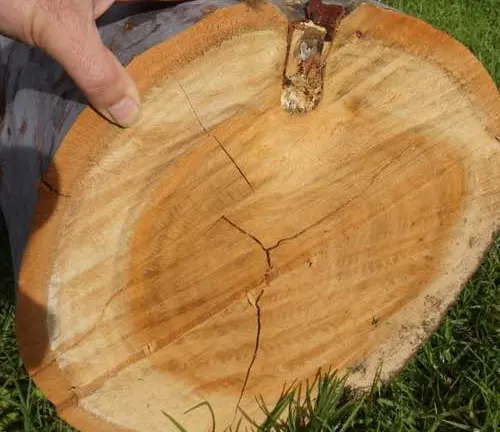
Benefits
The benefits of Corymbia Maculata trees extend far beyond their aesthetic and commercial value. By sequestering carbon, improving air quality, and providing habitat for wildlife, these trees contribute to the health and well-being of both people and the planet.
Different Species
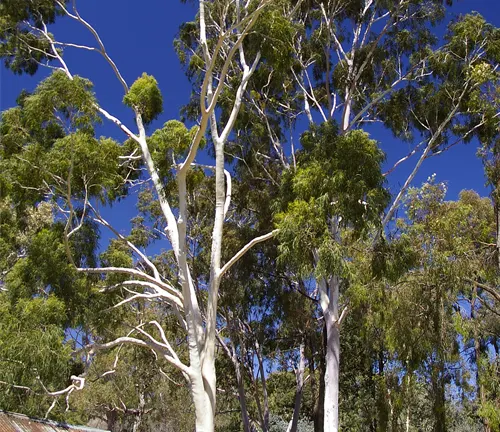
Corymbia citriodora
Commonly known as lemon-scented gum, Corymbia citriodora is celebrated for its distinctive lemon fragrance, which permeates the air around it. This species is a popular choice in landscaping projects and gardens, not only for its aromatic qualities but also for its graceful appearance and ability to attract pollinators. Its leaves release a refreshing citrus scent when crushed, making it a delightful addition to outdoor spaces. Additionally, Corymbia citriodora is valued for its essential oils, which are extracted and used in aromatherapy, perfumery, and natural cleaning products.
Corymbia ficifolia
Also referred to as the red flowering gum, Corymbia ficifolia captivates with its stunning display of vibrant red, pink, or orange flowers, which adorn the tree during the summer months. This species is a favorite among gardeners and landscapers for its ability to add a splash of color to any setting. Corymbia ficifolia’s flowers are highly attractive to bees, butterflies, and other pollinators, contributing to the biodiversity of urban and suburban environments. With its striking floral show and relatively low maintenance requirements, this species has become a cherished feature in gardens and streetscapes worldwide.
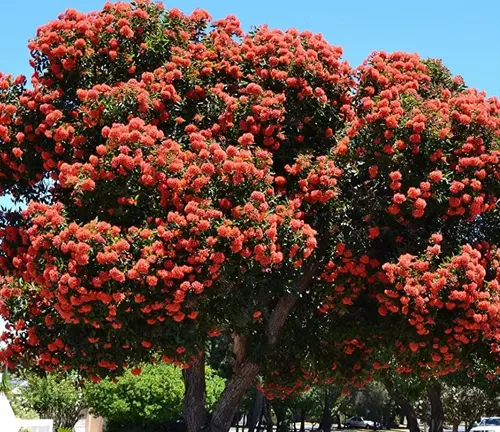

Corymbia calophylla
Native to Western Australia, Corymbia calophylla, also known as Marri or Port Gregory gum, boasts rough, tessellated bark and clusters of creamy-white flowers. This species is esteemed for its natural beauty and ecological significance in its native habitat. Corymbia calophylla plays a crucial role in supporting native wildlife, providing food and shelter for a diverse array of species. Its distinctive bark and flowers make it a standout feature in natural landscapes, where it contributes to the overall biodiversity and aesthetic appeal of the region.
Corymbia maculata
Corymbia maculata, commonly referred to as spotted gum, encompasses several subspecies and variants, each with its own unique characteristics and distribution. This versatile species is prized for its durable timber, which is utilized in various construction and manufacturing applications. In addition to its commercial value, Corymbia maculata plays a vital ecological role, providing habitat for native wildlife and contributing to the health of forest ecosystems. With its striking appearance and adaptability to different environments, Corymbia maculata remains a cornerstone species in Australian landscapes and forests.
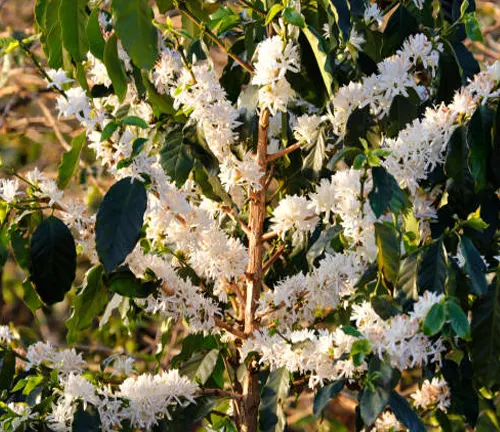

Corymbia torelliana
Also known as the cadaghi gum, Corymbia torelliana is esteemed for its ornamental value, featuring attractive cream-colored flowers and smooth, mottled bark. This species adds visual interest to gardens and parks with its graceful form and delicate blooms. Corymbia torelliana’s bark exfoliates in patches, revealing patches of contrasting colors, adding to its aesthetic appeal. While primarily valued for its decorative qualities, this species also provides habitat and forage for native wildlife, contributing to the ecological richness of its surroundings.
Frequently Asked Questions (FAQs)
- What are the ideal growing conditions for Corymbia Maculata trees?
- Corymbia Maculata trees thrive in well-drained soil and full sunlight. They are adaptable to a variety of soil types but prefer fertile, sandy loam.
- How often should Corymbia Maculata trees be watered?
- Newly planted trees should be watered regularly to establish root systems. Once established, they are moderately drought-tolerant and require watering during extended dry periods.
- Do Corymbia Maculata trees attract pests or diseases?
- While generally resilient, Corymbia Maculata trees can be susceptible to pests such as borers and diseases like powdery mildew. Regular monitoring and appropriate management practices can help prevent issues.
- Are Corymbia Maculata trees suitable for urban planting?
- Yes, Corymbia Maculata trees are commonly used in urban landscapes due to their attractive appearance, tolerance to pollution, and ability to provide shade.
- How fast do Corymbia Maculata trees grow?
- Corymbia Maculata trees are known for their rapid growth, with young trees capable of adding several meters to their height each year under optimal conditions.
- Can Corymbia Maculata trees be pruned?
- Yes, pruning is recommended to maintain the health and shape of Corymbia Maculata trees. Removing dead or diseased branches and thinning dense foliage can promote healthy growth.
- Are Corymbia Maculata trees suitable for timber production?
- Yes, Corymbia Maculata timber is highly valued for its strength, durability, and attractive grain patterns. It is commonly used in construction, flooring, and furniture making.
- Do Corymbia Maculata trees require fertilization?
- While generally adaptable to poor soils, Corymbia Maculata trees can benefit from occasional fertilization, especially in nutrient-deficient soils or during periods of rapid growth.
- Are Corymbia Maculata trees protected by conservation laws?
- In some regions, particularly areas with significant native vegetation, Corymbia Maculata trees may be protected by conservation laws or regulations aimed at preserving biodiversity.
- Can Corymbia Maculata trees be grown in containers?
- While young trees can be grown in containers temporarily, Corymbia Maculata trees are best suited to open ground planting due to their large size at maturity and extensive root systems.





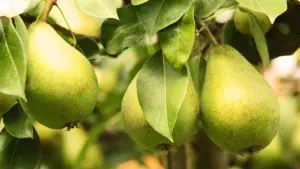
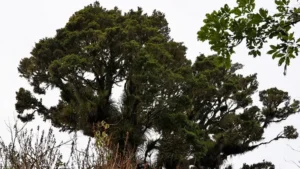
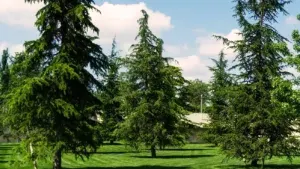
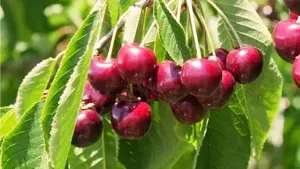
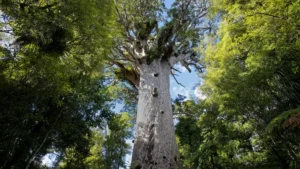

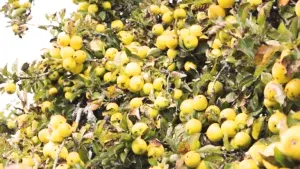

Leave your comment